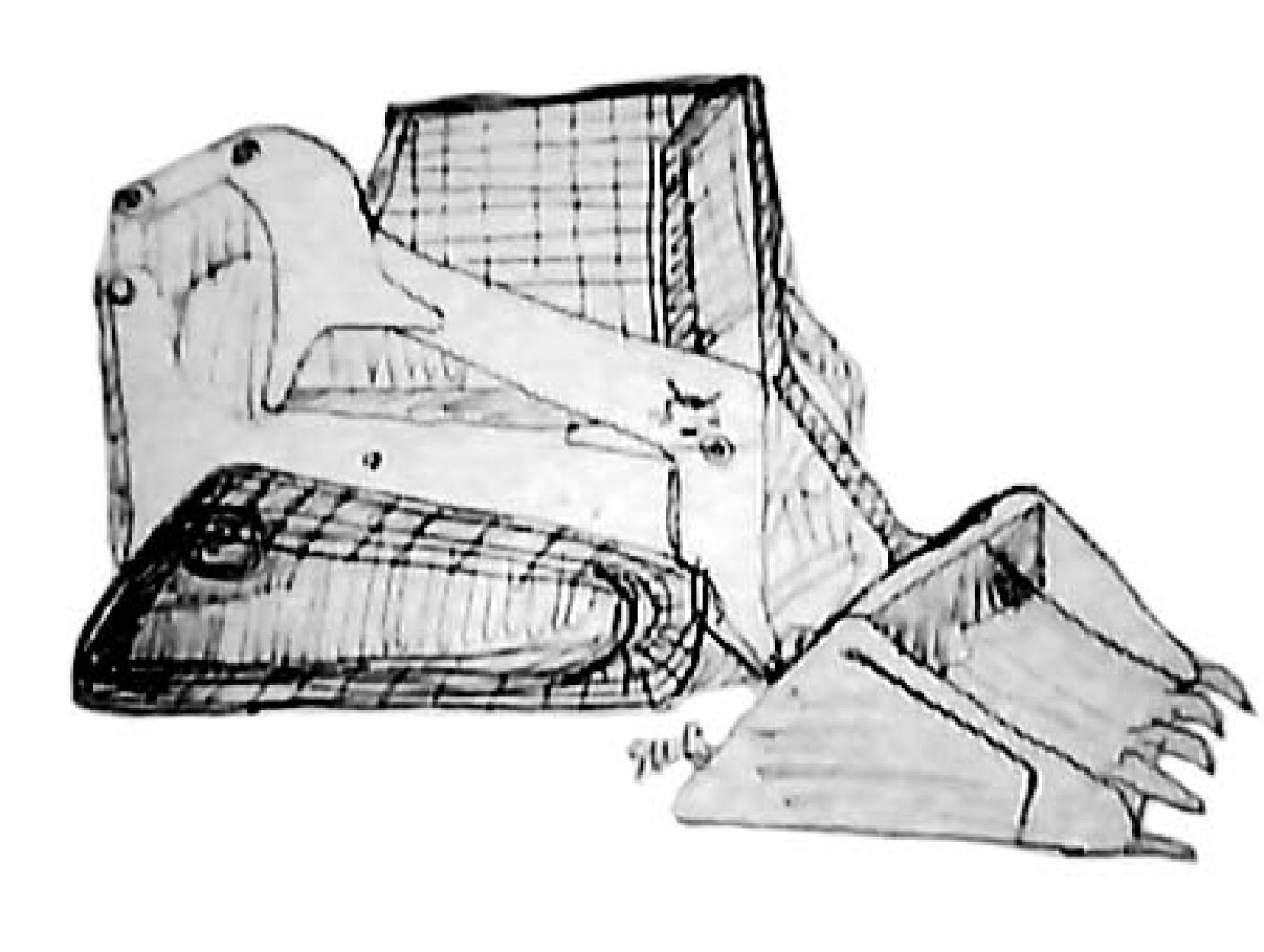By LYNNE IRONS
Don’t do as I do! I was in such a lather to get my winter rye planted that I could not wait for a plow or rototiller. I bullied both my sons until I, at least, got a Bobcat. I had the bucket dragged over the weeds until there were big lumpy scars in the ground. I tossed the seed into the ruts and called it a day. The good news is I’m sure it will sprout and do its job. That job is two-fold. The rye is a green manure. When plowed into the soil in the spring, it releases nitrogen as it breaks down. More importantly, for my new garden, the roots take oxygen down and condition the soil. I have never grown vegetables in clay. I have pure sand under my gardens at home. In a drought situation the clay will retain water. This summer, however, left big puddles and I did not have much topsoil. Next year, at least in my mind, will be better.
To plant winter rye properly (if there is such a thing) one should turn the soil over and hard rake. One thousand square feet could receive up to five pounds of seed. I like to go heavy because that’s who I am. If one is good, two must be better. Last year I planted on Thanksgiving Day and it actually sprouted. That was remarkable for a couple of reasons. It was darn cold and a flock of turkeys wandered through for several days.
Whiled away a perfectly pleasant hour leaning on the truck in the sun talking with Catherine Walthers about growing and cooking food. We traded some strawberry plants for a book. I had ordered the plants last spring. They have produced an impressive number of runners as well as an occasional berry all summer and fall. They are both the June-bearing and everbearing varieties. Catherine gifted me with her excellent book Raising the Salad Bar. It may be the only salad cookbook I have ever owned — a simply beautiful book full of Alison Shaw photographs and really wonderful recipes. Can’t wait to try some. You can get a copy at the new Bunch of Grapes. It will make a great Christmas gift.
While I was waiting for Catherine to arrive at my garden I decided to prepare next spring’s pea-planting area. I plan to use the western edge of the garden along the fence. Rather than turn it over, I put some chicken manure I had recently removed from the henhouse right on top of weeds and lined up flakes of hay along the length of the fence. I will purchase some agricultural lime this week and sprinkle quite a bit on top of the hay aisle. Lime not only sweetens our acid soil but also can liberate elements necessary for good growth. In other works it makes already existing nutrients available. It will have plenty of time to work by spring.
I grew up with the “think about the starving children of Africa” philosophy. To this day I have a real aversion to wasting food. It is, frankly, one of the reasons I have kept chickens for years. All of my scrapings and spoils go to them. A segment on National Public Radio caught my attention recently. It was about food waste worldwide. A man who wrote a book called Waste was being interviewed. Irritatingly I failed to catch his name. Only three per cent of American food waste is recycled, as opposed to both Japan and South Korea; those Asian countries recycle all but three per cent. Most of their waste goes to feed livestock.
The methane produced in our landfills is worse than our carbon dioxide emissions in contributing to climate change. San Francisco has passed a law just this month requiring residents to separate food waste. It is now mandatory. The city has passed out cans and people have been happy to comply. The basements of their apartment complexes now smell better and trash pickups have been cut in half. The compost is carted to a composting facility where after processing it is sold to neighboring vineyards for fertilizer. Already 72 per cent has been kept out of the landfills. I love it when the individual can do his part for the common good.
That’s all I have for this week. I am enjoying these beautiful days. I still have work, garden produce, and time not spent hauling firewood. Life is good!




Comments
Comment policy »